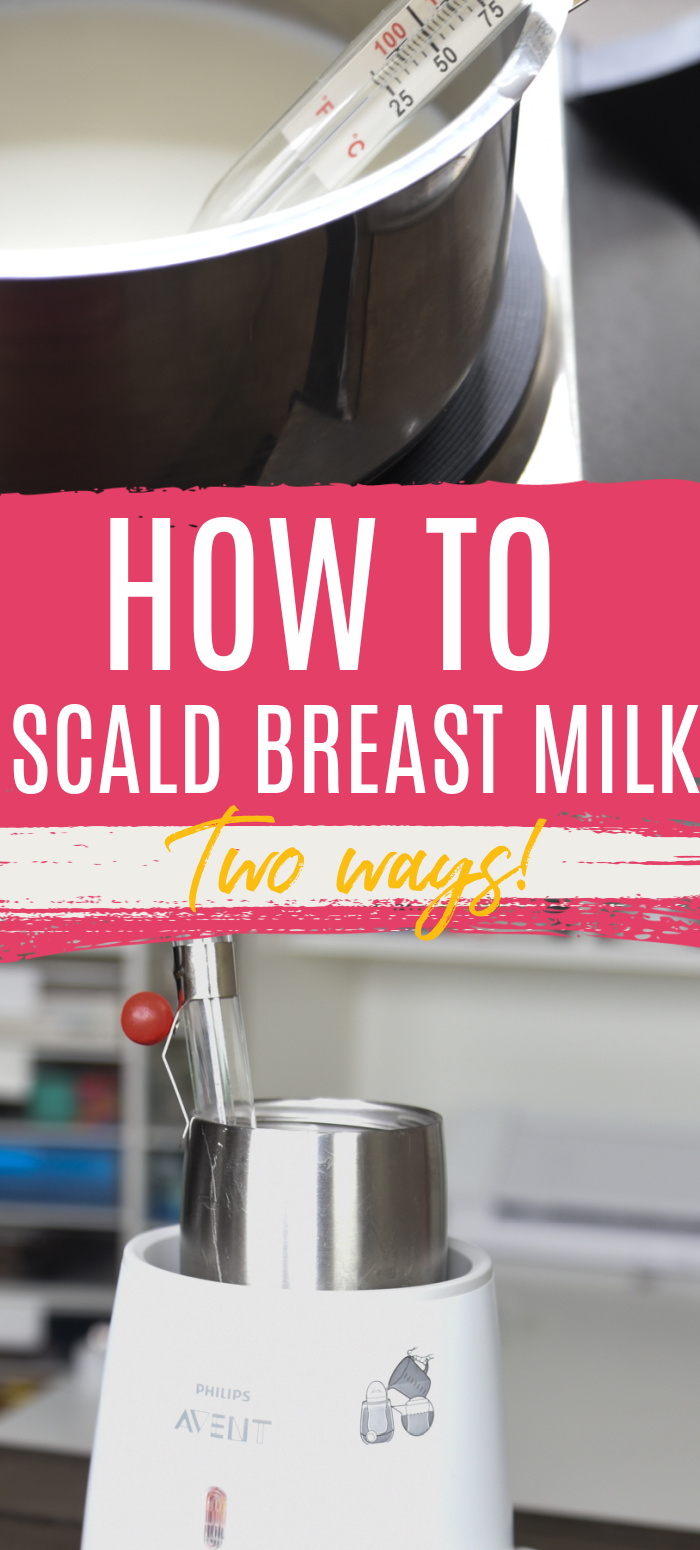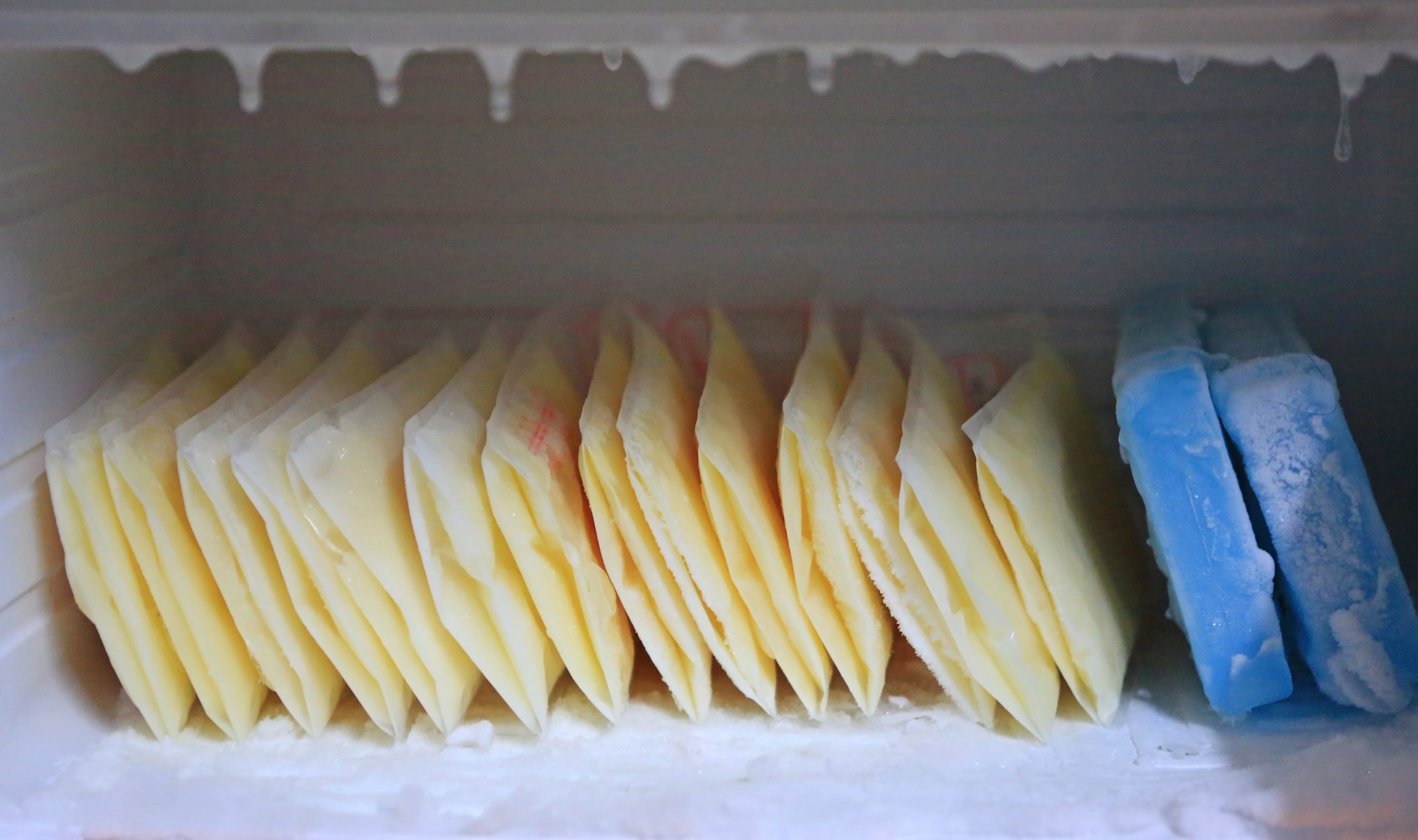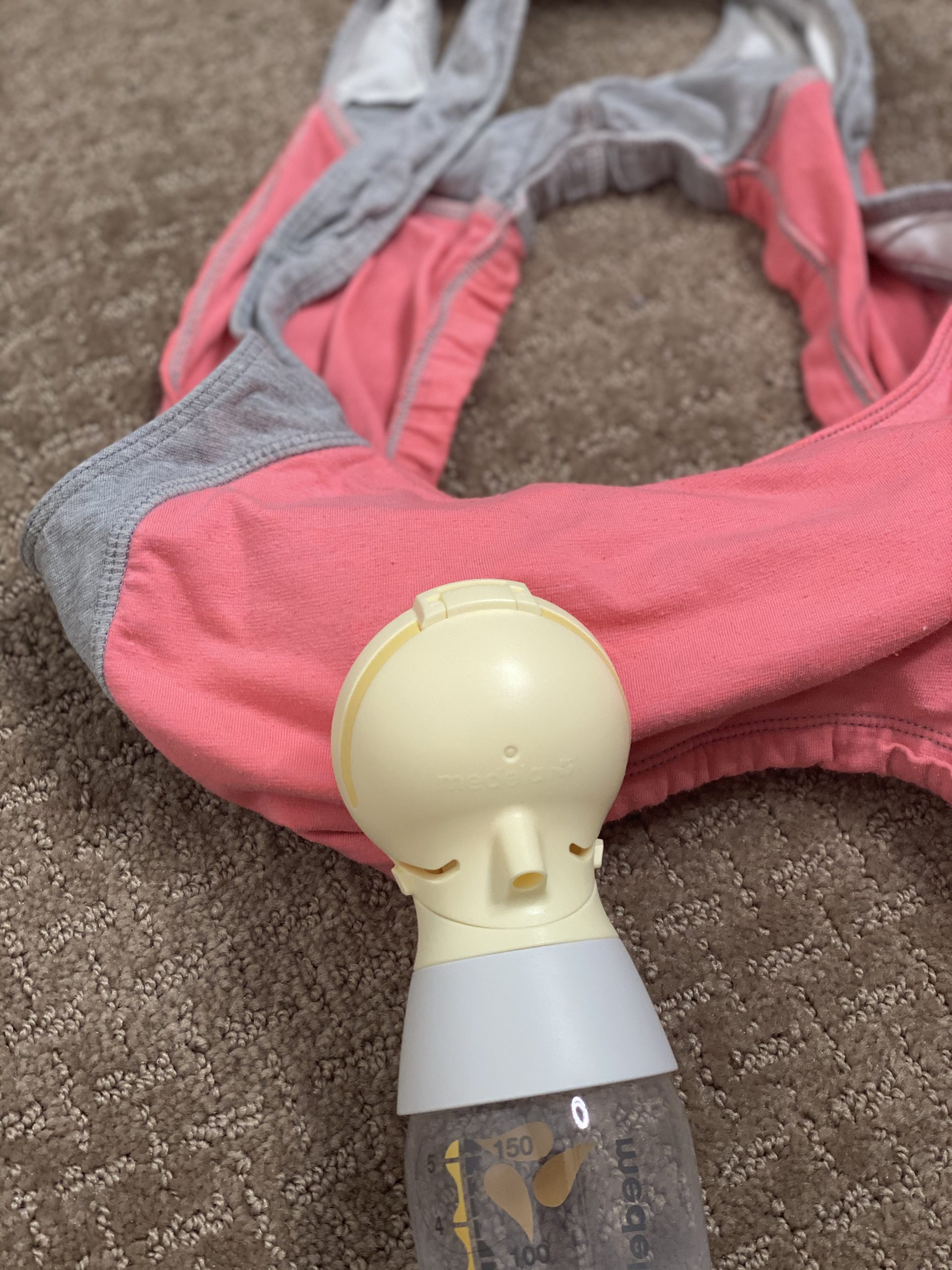A clogged duct can be one of the most painful things a new mom has to go through. Understanding what causes it and how to treat it can not only help you feel better but also avoid future occurrences. In this blog post, we’re going to explore 8 possible culprits that might cause a plugged duct – as well as the best way to prevent them in the future.
At some point or anotherr, most breastfeeding moms experience the “joys” of a clogged milk duct during their breastfeeding journey.
However, if you’re one of the lucky ones who hasn’t had one you may still be familiar with the topic and know that it’s something you want to avoid!
We have talked about how to remove a clogged milk ducts, but often, prevention is the best antidote!
A milk duct can become clogged when breastfeeding because the milk has nowhere to go and starts to make its way back up the ducts or it just stays there stagnant. They can also occur due to outside forces. However, that’s just simplifying it – there are many reasons why this may happen!
Today I am going to nip the problem in the bud by explaining why you’re getting clogged ducts. Many blocked milk duct issues can be resolved by making sure you’re breastfeeding or pumping frequently throughout the day! However, sometimes it can be a little more complicated than that.
Of course, if you are struggling with a blocked duct (especially if it’s been recurrent), make sure you reach out to a lactation consultant or specialist to help. Be sure to check out our virtual breastfeeding services if you need someone. Your healthcare provider can help you navigate this rather tricky situation.
Table of Contents
show
- Oversupply
- Not Emptying the Breasts Adequately
- An Irregular Breast Feeding Schedule
- Pressure Outside the Breast
- Sleeping on your Stomach
- Sports Bras
- Repetitive Arm Movements
- Seat Belt Straps
- Incorrect Latching
- Dehydration
- Quick Weaning
- Diet High in Saturated Fats
- Treatment and Prevention Ideas
- More Posts You Might Enjoy:
What is a Clogged or Plugged Duct?
Milk ducts are channels that carry milk from the breast to the nipple. A clogged milk duct occurs when one or more of these channels become blocked, usually with a dense plug of milk, and it results in inflammation of the breast. which results in a visible lump. The worst case scenario for this condition is mastitis, which can cause fever and chills. This condition is harmless (in most cases), but requires prompt attention to prevent further issues.
Clogged milk ducts are most common in women who are breastfeeding, particularly in the beginning or when weaning.
The affected breast typically has a tender lump – it can feel large or just pebble-like. The lump is actually the inflammation and not necessarily the clog itself. It is typically a hard lump, even if it’s not large in size. There is typically just one affected area – though the pain may radiate throughout all of your breasts. You may also have a red area in the area of the breast where the clogged duct is present.
Sometimes, you may have a milk blister appear in your nipple, which is a form of a clogged milk duct. It typically looks like a small piece of trapped milk or even a white head. If you have one of these, it may need a different treatment than a traditional clogged duct.
What does a clogged milk duct feel like?
The presentation of a clogged milk duct may vary from mom to mom. For some, there is just some breast tenderness – it may almost feel like you’ve pulled a muscle in the breast. The pain can be on the outside of the breast or feel more deep and internal. The area of the breast that has the clog may have a small lump that you can palpate with your hands. Sometimes there may. be some breast engorgement as well. For some, it can be extremely painful depending on the area of the clog and the size of the inflammation.
Oversupply
Some mamas just produce a lot more milk than others! While there are some things you can do to prevent an overesupply of milk, sometimes, it’s out of your control.
You just need to make sure you stay on top of emptying your breasts to avoid engorged and overfilled breasts.
Oversupply can be a blessing for many individuals and can give you a solid supply to freeze and save for later, but it can also be a bit tricky! To avoid clogged milk ducts due to oversupply, try to empty your breasts fully during feedings.
What you can do?
Not Emptying the Breasts Adequately
Similar to the cause of oversupply, not emptying your breasts fully can create clogged milk ducts. This can happen if you miss feedings, don’t breastfeed or pump often enough, supplement with formula rather than breastfeeding, or wait too long in between feedings. If you make sure you stay on top of emptying your breasts you should be able to avoid this issue!
An Irregular Breastfeeding Schedule
If you have an irregular breastfeeding schedule you may be struggling to empty your breasts fully and often enough, causing clogged milk ducts. Consistency in breastfeeding and pumping can really help prevent most breastfeeding issues and pains.
Pressure Outside the Breast
Having outside pressure onto your breast tissue can cause blockages or clogs. Here are a few of the common scenarios we see.
Sleeping on your Stomach
I can’t find any studies on this, but it’s commonly believed that sleeping on your stomach can add pressure to your breasts, cut of milk flow, and result in clogged milk ducts.
I personally am a stomach sleeper and have never had any clogs because of this, but it is something many women experience.
Sports Bras
Any sort of tight clothing or excessive pressure on your breasts could cause a clogged milk duct. Sports bras are often very tight to prevent movement while working out. They can obviously be worn while exercising, but try switching it out for a looser more flexible bra after your workout to prevent clogs. Any type of tight bra may lead to this, so it’s important to get a properly fitted nursing bra while breastfeeding.
Prior to contrary belief, it’s not underwire bras that necessarily lead to clogged ducts. A well-fitted underwire nursing bra can be worn while breastfeeding. It’s just essential to make sure it’s not too tight.
We personally love the Kindred Bravely sports bras. They offer great support but are designed for breastfeeding mothers. Use the code 20TBM for 20% off.
Repetitive Arm Movements
This is mainly in regards to doing a lot of arm exercises using hand weights. It may not happen frequently, but it does on occasion. If you are a big lifter, you may want to ease back into that carefully before you start doing exercises that are too intense.
Seat Belt Straps
Believe it or not – seat belt straps that dig into your breasts might cause enough pressure to result in a clogged duct. Now, I’m not recommending that you go
Incorrect Latching
Having a poor latch can lead to your baby not draining the breast all the way or efficiently. In turn, this can lead to clogged ducts.
Dehydration
Now, I haven’t found any concrete science behind this one, but I have seen quite a few sources say that dehydration may increase the incidence of clogged ducts. Staying hydrated while breastfeeding is important for various reasons, and if it can help prevent clogged ducts – all the better!
If you are finding it hard to stay hydrated, I highly recommend Relyte from Redmond Salts to keep your electrolytes in balance. Get 10% off with the code CLARKS.
Quick Weaning
If you suddenly wean, this can result in your breasts having a “backlog” of milk that has suddenly stopped being removed, and there is just stagnant milk in the milk ducts. This can definitely lead to clogged ducts as the milk hasn’t been removed. If you are weaning, it’s important to go slowly to ensure your body has time to realize it doesn’t need to make milk at the levels it was previously making.
Learn more about weaning here – How to Wean from Breastfeeding: Everything You Need to Know
Diet High in Saturated Fats
A diet that is high in saturated fats and/or sodium has been linked to being a risk factor for clogged milk ducts. Try to reduce animal fats during the day to see if it helps.
Treatment and Prevention Ideas
- Add sunflower lecithin supplements into your daily regime. This has been shown to be very effective – here is some additional information on this topic.
- Avoid high-fat and high-sodium meals
- Gentle massage – DO NOT use heavy pressure. It can damage the breast. Clogged ducts are actually quite small – the lumps you feel are actually the inflammation
- Try different feeding positions to ensure a deeper latch
- Allow baby to drain each breast while breastfeeding. When you have a clog, you can have them nurse more on the breast with the clogged area to ensure it’s getting as much milk removal as possible.
- Use warm compresses or take a warm shower to encourage milk flow
- Avoid using your breast pump unless you need it (only pump if you are missing a feed or you are exclusively pumping, especially if you are experiencing recurrent clogged ducts
- Use the Haakaa hack with Epsom salt and warm water to help with stubborn clogs
What happens if it doesn’t go away?
Most clogged milk ducts resolve in about 24-48 hours. However, if you find that it is lasting longer than that, you should reach out to your trusted healthcare providerfor further investigation. Any suspicious lump should be taken seriously. It’s also possible that it may turn into a breast abscess, which can cause an infection and needs to be drained by a care provider.
Make sure you monitor yourself for symptoms of mastitis – flu-like symptoms, red streaks in the breast, significant breast pain, and a drop in milk supply. It is possible to experience a temporary decrease in milk supply with a clogged duct or mastitis.
If you’ve experienced a plugged milk duct, be sure to share your experience in the comments!
More Posts You Might Enjoy:
- Two Simple Ways to Scald Breast Milk to Fix High Lipase
- Top Signs of Low Milk Supply to Worry About
- 8 Breastfeeding Problems After a C-Section (And What You Can Do!)








